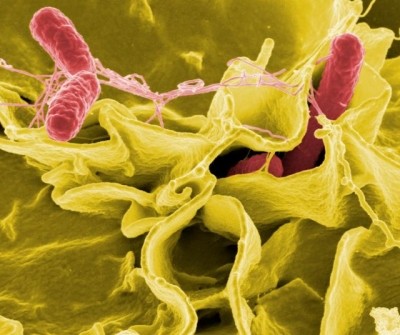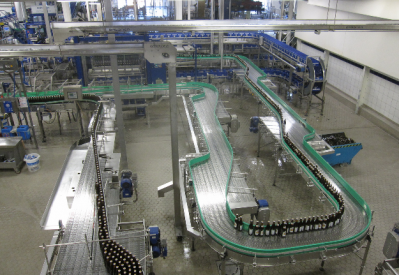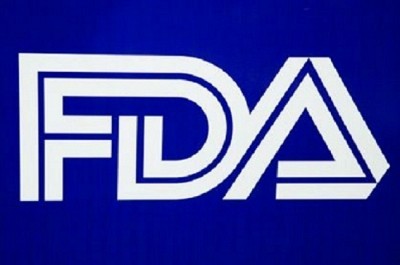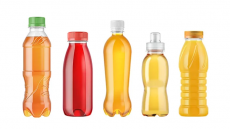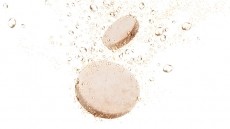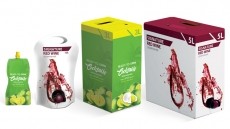BEVERAGEDAILY.COM SPECIAL EDITION: CLEANING UP THE BEVERAGE INDUSTRY
Modern CIP systems cut water, chemical, energy use: Coca-Cola Hellenic
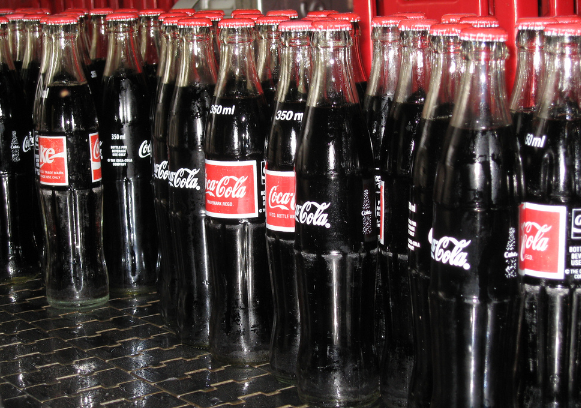
Around 50 years old, CIP is used in beverage bottling and canning plants to clean various product lines (such as syrup or water) by removing scale, foreign bodies or bacteria, without major assembly or disassembly work, and to ensure microbial safety and eliminate flavour carry-over.
Writing in 2008 book Cleaning-in-Place: Dairy Food & Beverage Operations, CIP and hygiene consultant M.T Walton said that the beverage and dairy industries had seen increased demand for CIP verification and validation, to improve plant hygiene, finished product quality and related shelf life microbiological considerations.
Walton cited a 1990 definition of CIP, from the Society of Dairy Technology, that he said was still accurate: “The cleaning of complete items of plant or pipeline circuits without dismantling or opening of the equipment, and with little or no manual involvement on the part of the operator,” it reads.
“The process involves the jetting or spraying of surfaces or circulation of cleaning solutions through the plant under conditions of increased turbulence and flow velocity,” it adds. CIP is either a one-shot process, with waste sent to a drain, or a process where most of the liquid is recovered.
Low temperature, single-step technologies
According to GEA Liquid Processing: “A well-designed CIP system (employing double-seat valve (block and bleed) technology, and a bit of process integration, will enable you to clean one part of the plant while other areas continue to produce product.”
Modern CIP and systems can generate significant savings in liquids (by recycling cleaning solutions such as caustic soda, phosphoric and nitric acids, sodium hypochlorite and paracetic acid), water use and man hours.
Sidel, for instance, produces a fully automatic multi-tank CIP ML unit (pictured left) that permits the storage, preparation, heating and recycling of chemical solutions, and is intended for PET filler and mixer washing and sanitation, or as a central CIP for various different uses.
Discussing CIP trends in brewing, Sealed Air Diversey Hygeine Solutions told BeverageDaily.com that water reuse (although not for use in end products) was gaining in importance.
There was currently a “clear focus on low temperature, single-step cleaning technologies”, the firm said, adding that low or no-tunnel pasteurization was also an increasing focus.
“In addition to better phase-change management, recovery of the detergents, strict volume controlled CIP programs, etc., also contribute to savings on time, water, energy and chemicals,” Sealed Air Diversey added.
And Tom Egan, VP, Industry Services at PMMI said that the most important trend in CIP was "to provide effective cleaning while minimizing both water and chemical use".
"Not only does saving water (and energy) while performing the cleaning reduce cost, it also reduces disposal costs of the washwater. This does not mean that cleaning is minimized; it means to use what is needed to do the job properly and no more," Egan added.
"Production teams are focused on that already in their continuing drive to operate effectively."
Radler-type mixed drinks present challenges
Modern systems are much more eco-friendly and offer a greater ability to control or reduce CIP process times, leading to reduced water, chemical and energy use, Coca-Cola Hellenic regional engineering manager, Terry Rabson, explained to BeverageDaily.com.
“By reducing these areas, you reduce waste going to the treatment system. The final result is cost savings,” Rabson said.
“Better time management and flexibility in equipment operation and work time for operators, savings in waste management and effect on the environmental carbon footprint,” he added.
Asked whether specific beverage types (for instance, carbonates, dairy drinks, juices, etc.) threw up particularly tough challenges in regard to cleaning and sanitation, Rabson said that the most challenging areas for Coca-Cola Hellenic were aseptic, juice and flavored waters.
Diversey picked out non-alcoholic flavored beverages such as Radler-type (beer-based) mixed drinks: “From a cleaning perspective do-able, but from an operational efficiency (OEE) standpoint, a bigger challenge”.
‘Micro contamination’ must not happen
Coca-Cola Hellenic used CIP, COP (clean out of place), SIP (sanitize in place) and SOP (sanitize out of place), Rabson explained, with the main target being the prevention of “any form of micro contamination”.
(According to Walton, ‘microbiologically cleanliness’ addresses the degree of microbiological contamination remaining on the surface, and may range from a plant that has been disinfected (number of bacteria present reduced to acceptable quality or hygienic standards) or totally sterile “as is essential in ultra-high temperature (UHT) and similar aseptic operations”.)
According to Sealed Air Diversey, improper CIP procedures can lead to microbiological and product quality issues, loss of production integrity, loss of credibility, customers and business.
“There is not any trend that due to economic times that customers compromise on hygiene, the opposite in fact – more focus to avoid any risk…and to differentiate from the competition,” the firm said.
Rough figures on CIP savings
Although savings from updating CIP procedures depended on the starting point, Sealed Air Diversey said that an old-fashioned brewery installing new technology would achieve savings in the ‘higher end’: 10-50% in terms of time, a 10-30% water saving and a 10-70% reduction in energy use.
Manufacturers also could reduce risk by using a fully automatic Diversey CIP unit, the company said, where operators could initiate a cleaning program, but only specially trained operators were able to change parameters for in-use concentrations, cleaning times, temperatures, etc.
Explaining Coca-Cola Hellenic's cleaning regime, Rabson said: “Typical program would be CIP, SIP, COP, SOP, followed by the final cleaning and rinsing. In this program we clean and sanitize equipment internally and externally where extensive use of chemicals is required.
“In this case we have optimized the timings and chemical/water use for each step," he added.
